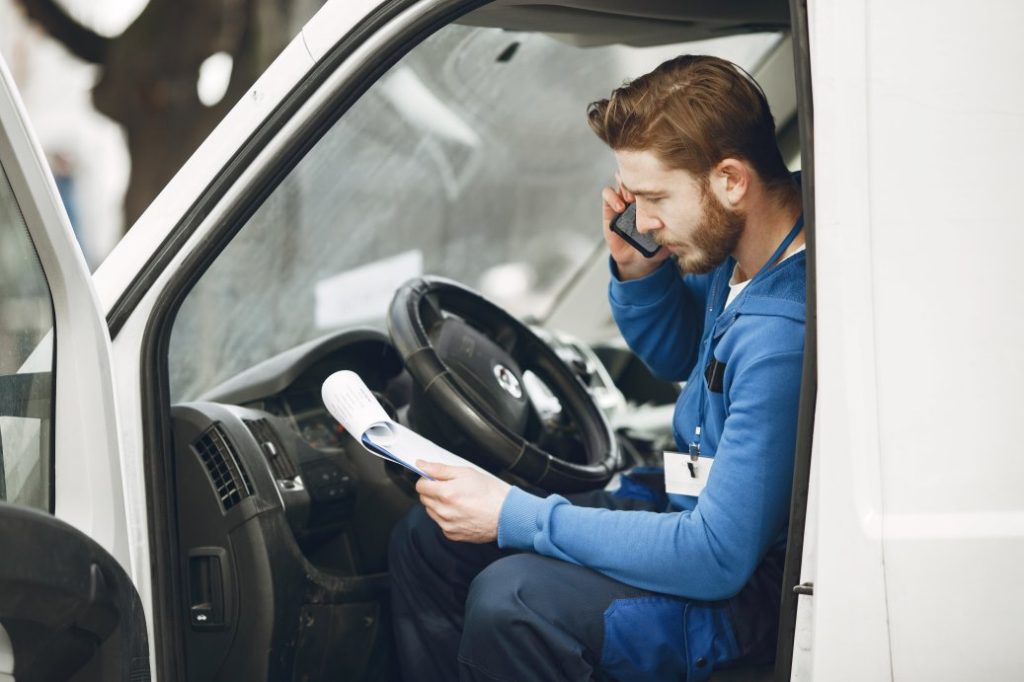Getting Off the Truck, Part VII
As we mentioned earlier in this series, moving beyond being a “solopreneur” isn’t a requirement to be successful in business. According to the Small Business Administration, over 80% of all businesses in North America are run by owners who have no employees other than themselves. That’s more than 27 million business owners who have chosen NOT to “get off the truck.” This leaves fewer than 20% of all businesses with owners who have made the decision to exit at least their first truck.
Every small business is a “lifestyle” business to some degree. In other words, the owner builds their company around the lifestyle they want to have. This includes where they choose to live, the personal income they want to earn, the social prestige they want to have, the amount of free time for family or social interests, and the type of work they enjoy doing.
Choosing to stay on their first truck does not define an owner’s skills, talents, or success. It’s simply a lifestyle choice they’re making. And while this has significant upsides for the owner, it also comes with significant risks.
An owner’s health, their ability to take extended vacations, unforeseen market changes, and perhaps the biggest factor of all: what they’ll be able to sell the business for at the end of their career all impact an owner’s decision to go it alone.
All of these lifestyle factors can get complicated or restricted for owners who choose to grow their company beyond themselves. And the larger they grow, the more complicated the factors become.
One of the biggest factors is “getting off the truck,” which we covered in this series. And as we’ve illustrated throughout, getting off the truck never ends, the truck just changes. You’re always getting off one truck and into another. So, while this might appear at first to be a singular event, it’s really an ongoing process, with each owner choosing their own place to stop.
Deciding to grow a business with other people comes down to a business owner’s appetite for learning and change. Are they willing to acquire the skills to move from one truck to another? Are they willing to accept the inherent risks of making such a move? Are they willing to embrace the responsibilities they’ll need to drive a larger truck?
There is no right or wrong answer to any of these questions; they’re simply the choice an owner makes. Yet they will play a pivotal role in the size of the company the owner will ultimately grow.
If you are a business owner who is growing your business, we hope that you’ve found some of the suggestions offered in this series helpful. Most owners face confusion and anxiety when thinking about the idea of getting off the truck at any stage. Whether you ultimately decide to do so or to continue on your own, we’re confident that you’ll make the decision that’s right for you.
If you are not a business owner but work for one, know one, or are thinking about becoming one, we hope the insights shared have been helpful to you as well.



